Cape Cod AFS, MA
Perched high atop Flatrock Hill near the quiet Massachusetts town of Sandwich stands a PAVE PAWS radar station. The pyramid-shaped facility rests on the 100-acre Cape Cod AFS and is home to Air Force Space Command's 6th Missile Warning Squadron. The radar looms 10 stories high against the backdrop of New England's rolling hills. The mission of the approximately 200 people who man the radar, is to date and track sea-launched ballistic missiles heading for North America. They also use the radar to track satellites in orbit, transmitting spacetrack data into the Space Surveillance Center at Cheyenne Mountain. At the operational heart of the Cape Cod facility is the Missile Warning Operations Center where AFSPACECOM and Canadian crews monitor consoles around-the-clock which display tracking data. Crews consisting of a crew commander, crew chief and a space console operator use the data to warn of potential attacks on North America.
A group of airmen and contractors provide support services for the site's operational mission. This includes mostly maintenance people who maintain the radar's computer systems, power plant and structure. Security police and administration people also provide essential support. On-duty life for 6th MWS members is the standard for a site that must stay on guard 24 hours a day. Frequent 'real-world' tracks and the possible drastic results of even the slightest mistake keep the crews ever aware of the importance of their mission.
The crew's job is technically complex. All actions require meticulous attention to detail, and the smallest omission or mistake may result in a crew member losing their certification by the Directorate of Operations Standardization Evaluation division.
These crews monitor a field of coverage that extends 3,000 nautical miles over the Northern Atlantic Ocean. At this range, the PAVE PAWS radar can detect an object the size of a small automobile. If the site picked up an SLBM launch it would forward launch and impact information to centers inside CMAFB and other forward users. The radar site became operational in 1978 after two years of construction at a New England location surrounded by miles of natural beaches and lots of history. Located near Boston, remote would never be a fit adjective for this AFSPACECOM site.


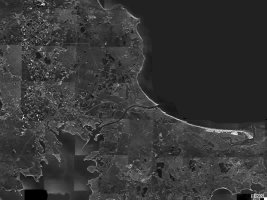
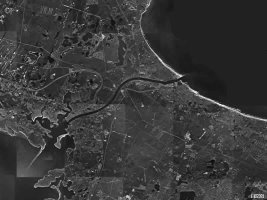

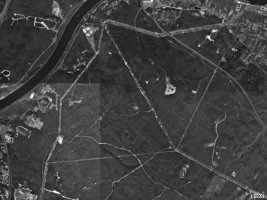
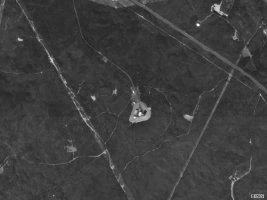


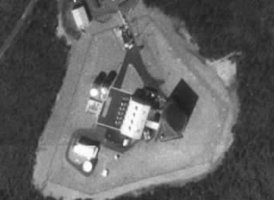

|
NEWSLETTER
|
| Join the GlobalSecurity.org mailing list |
|
|
|

